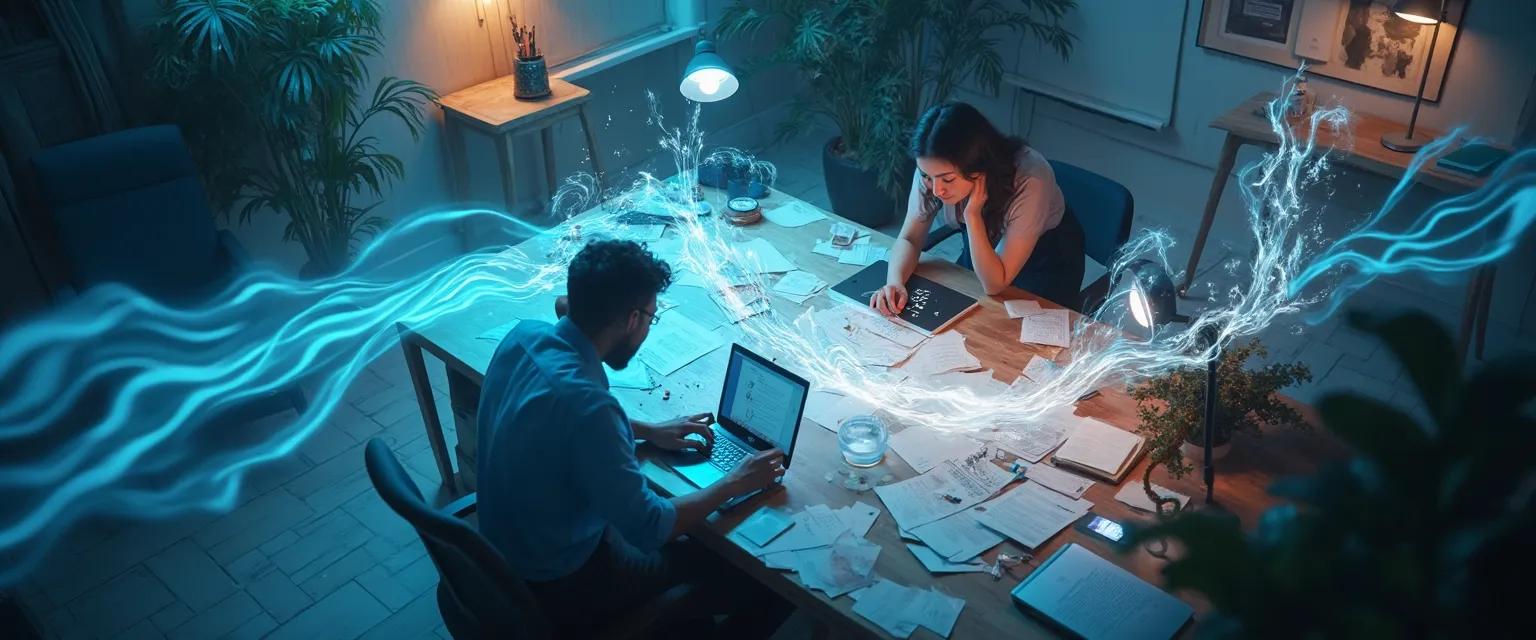How to Transform Procrastination into Flow State Achievement in 15 Minutes
Ever found yourself stuck in the frustration loop of wanting to work but not being able to start? The battle between procrastination and flow state achievement is something we all face. The good news? There's a science-backed way to bridge that gap in just 15 minutes. This approach isn't about forcing yourself to work harder—it's about understanding how your brain transitions from resistance to engagement. The 15-minute commitment technique works as a perfect bridge between procrastination and flow state achievement by leveraging what neuroscientists know about our brain's resistance mechanisms.
When you're procrastinating, your brain's limbic system (the emotional center) is actually trying to protect you from potential discomfort. Meanwhile, the flow state—that magical zone where work feels effortless and time disappears—waits on the other side of this resistance. The 15-minute technique works because it's short enough to bypass your brain's threat response but long enough to activate reward pathways that make continuing work attractive.
The 15-Minute Bridge: From Procrastination to Flow State Achievement
Setting up your 15-minute commitment properly is crucial for successful procrastination and flow state achievement. Start by choosing one specific, clearly defined task—not an entire project. Tell yourself: "I'll work on this for just 15 minutes, then decide if I want to continue." This framing removes the pressure that triggers procrastination.
Creating the right environment significantly impacts your transition from procrastination to flow. Clear your workspace of distractions, silence notifications, and consider using environmental cues like specific lighting or background sounds that your brain associates with focused work.
The most powerful mental trigger for procrastination and flow state achievement is the "just start" mindset. Research shows that beginning a task activates different neural pathways than thinking about it. Set a timer for exactly 15 minutes—this creates a psychological container that makes the work feel manageable while giving your brain the certainty of an endpoint.
Maintaining Your Flow State Achievement After Defeating Procrastination
Once you've crossed the 15-minute threshold, you'll often find yourself naturally wanting to continue—this is the early stage of flow. To sustain this state, make small environmental adjustments: slightly dim the lights to reduce visual distractions, keep water nearby to avoid interruptions, and maintain a comfortable temperature that doesn't distract your focus.
Learn to recognize your personal flow signals. These might include losing track of time, decreased self-consciousness, or a sense of control over the task. When you notice these signs, protect your flow by extending your commitment in 25-minute increments.
Even when interruptions occur, you can quickly return to flow by immediately recommitting to another 15-minute session. This technique consistently bridges the gap between procrastination and flow state achievement because it works with your brain's natural functioning rather than against it. By understanding this neurological transition, you transform procrastination into productive flow states—one 15-minute commitment at a time.




